Doves are a group of birds in the Columbidae family. They are closely related to pigeons, which also share the same family. Technically speaking, people often refer to some pigeons as “doves” and vice versa.
Usually, doves are smaller members of the family, while pigeons are larger. There are over 300 different species of pigeons and doves. Read on to learn about the dove.
Description of the Dove
Most doves have relatively stout bodies, with short legs and short beaks. They all have a similar shape, though their plumage varies drastically from species to species. Some doves are uniform in color, while others have many different colors and patterns.
Their coloration also varies drastically in brightness. For example, the African collared dove is a uniform tan color, while the pink-headed fruit dove has a bright pink head and neck, a white collar, and a green body.
Interesting Facts About the Dove
There are simply too many different dove species to possibly highlight all of the coolest types. However, we will do our best to pick the most unique species around!
- Luzon Bleeding-Heart – No, this bird isn’t a hopeless romantic, it actually looks like its heart is bleeding. The front of this bird’s chest has a bright red smear that looks just like blood. These birds live on a few small islands in the Philippines.
- Victoria Crowned Pigeon – Ok, while this species isn’t technically a dove, they are in the same family and you would regret not checking them out! Victoria crowned pigeons are the largest members of the Columbidae family at a whopping seven pounds! They are bright blue, with a beautiful crown of white-tipped feathers on the top of their heads.
- Rose-Crowned Fruit Dove – This species isn’t wearing a tiny fashionable hat, that’s actually the color of its head! These birds have bright pink “caps” on the tops of their heads. The rest of their plumage is a veritable Picasso painting of pinks, oranges, yellows, and greens.
- Polynesian Ground-Dove – These little birds are unfortunately on the brink of extinction. The IUCN lists this species as Critically Endangered, and estimates that their population contains fewer than 150 individuals in the wild. These birds are a perfect example of how invasive species can decimate island populations. Human-introduced rats, cats, and ants kill the birds, and also eat their eggs and chicks.
Habitat of the Dove
Doves live in a wide variety of different habitats, from tropical rainforests to deserts. Different species usually live in different ecosystems. Some species live only in the rainforests of Brazil, while others live across meadows and grasslands of North America.
These birds inhabit swamps, savannas, woodlands, atolls, islands, mountains, deserts, and more. Many species also live in urban areas, like parks, gardens, farms, and cities.
Distribution of the Dove
These birds inhabit nearly every landmass on Earth, with the exception of Antarctica, some areas of the Sahara desert, and the northernmost reaches of the Arctic Circle. They are a varied and diverse group of birds.
Some species live across massive expanses of land, while others inhabit a tiny area of an island or group of islands. There are dove species throughout North, Central, and South America, as well as Eurasia, Africa, Australia, and the surrounding islands.
Diet of the Dove
Most dove species are herbivores, and eat primarily plant matter. Their exact diet varies based on the species and region that they live in. Some doves eat primarily fruits and berries, while others eat seeds and grains.
Those that feed on grains and seeds usually forage on the ground, while those that eat fruit typically forage in the trees and bushes. Some species also eat insects and other invertebrates, like spiders, flies, moths, snails, and more.
Dove and Human Interaction
Human impact on these birds varies drastically from species to species. Several dove species thrive in human-disturbed areas, like cities, parks, gardens, and farmland. Other species do not do so well with human interaction.
Human activity has driven several species to extinction. Doves living on islands are at an exceptional risk to human disturbance. Their primary threats are habitat destruction, hunting, invasive/introduced species like rats and cats, and more.
Domestication
Humans have domesticated some species of doves, including the diamond dove and the ringneck dove.
Does the Dove Make a Good Pet
Some doves make good pets. Domesticated species are friendly and make good companions, but you should not keep wild species as pets. In most places, it is illegal to keep wild dove species as pets.
Dove Care
Dove care varies from species to species. These birds need space to fly and exercise, and should have large cages or aviaries to live in. Ground species need lots of shrubbery and low plants to hide under, as well as a variety of perches and trees to roost on.
Aviaries make a great home for doves, because they have plenty of space to fly and socialize. Some species are compatible with other bird species as well, making them good candidates for aviaries.
Behavior of the Dove
These birds vary greatly in their behavior. Some species are social, and live in flocks of varying sizes. Social species normally feed together in loose groups. Other species are solitary, and usually live alone outside of the breeding season.
Breeding season behavior also varies drastically, though most doves are monogamous. Some pairs continue to breed year after year, while others only stay with their partner for a season.
Reproduction of the Dove
Doves usually build nests out of small sticks and twigs, and place them on the ground, in trees, on ledges, or on man-made structures. They lay one or two eggs, and incubate them for about two weeks depending on the species.
Both parents care for the chicks, and the chicks usually develop very quickly. In many dove species, the young begin to fly when they are just two or three weeks old. By the time they are a month old, many doves are already independent of their parents.
Beliefs, Superstitions, and Phobias About the Dove
Internationally, many cultures, religions, and even pop-culture references depict doves in many ways. Various paintings, drawings, and statues have doves featured in them. The symbolism of these birds varies from culture to culture. In some cultures they are symbols for love, purity, peace, and hope. Different cultures also eat doves in a number of traditional dishes.

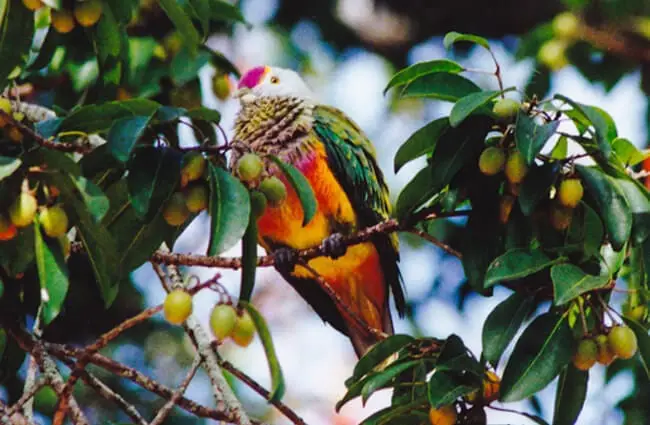


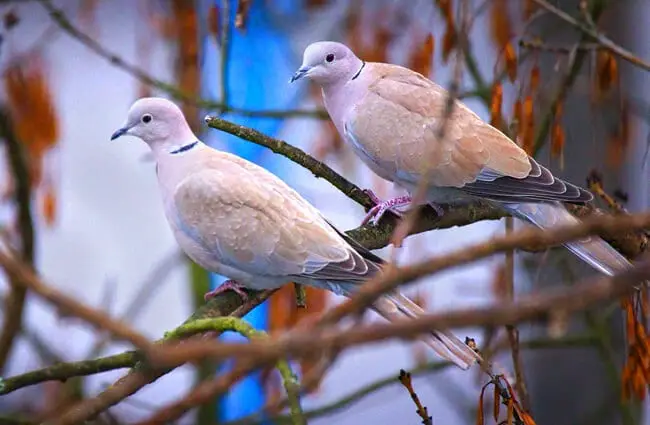
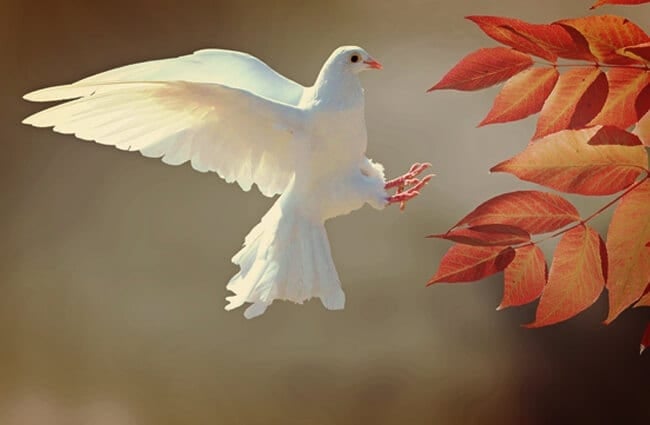


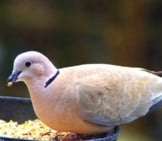

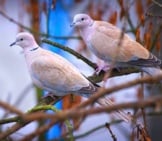
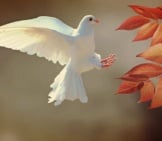

![Red Angus Closeup of a beautiful Red Angus cowPhoto by: U.S. Department of Agriculture [pubic domain]https://creativecommons.org/licenses/by/2.0/](https://animals.net/wp-content/uploads/2020/03/Red-Angus-4-238x178.jpg)









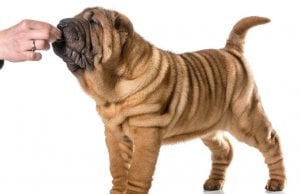


![Red Angus Closeup of a beautiful Red Angus cowPhoto by: U.S. Department of Agriculture [pubic domain]https://creativecommons.org/licenses/by/2.0/](https://animals.net/wp-content/uploads/2020/03/Red-Angus-4-100x75.jpg)

